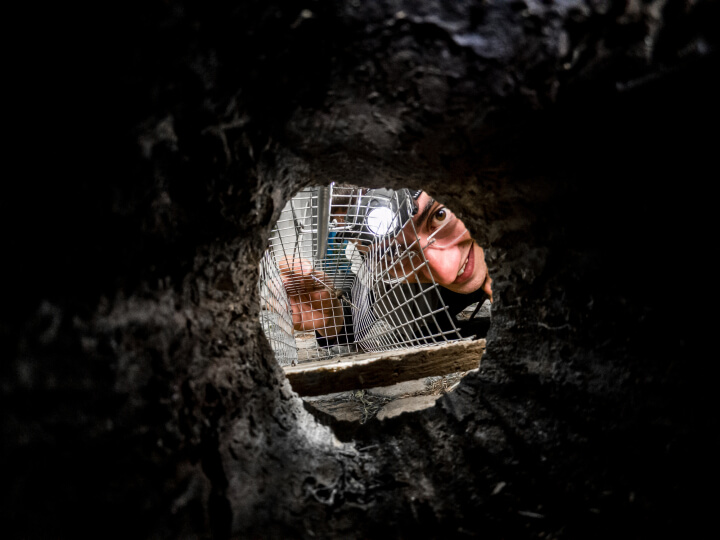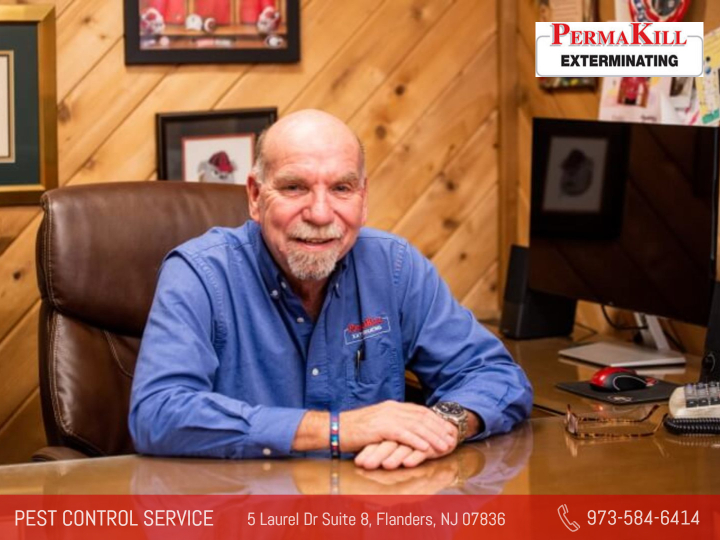


Although mouse traps are an effective rodent control solution, some types are not completely humane and can put other non-target animals in danger. The risk for unintentionally harming other wildlife is high when you’re placing traps outdoors where backyard birds and owls can land into them.
So what can you do to keep birds away from mouse traps? As much as possible, place mouse traps only indoors to avoid birds coming in contact with them. If you want to do outdoor rodent control, make sure to install mouse traps that have a sturdy cover or enclosure system which large birds cannot easily pry open with their beaks. You can also secure snap traps inside metal cages or containers before placing them in the garage where you want to catch mice.
Read More: How Often Should You Change Mice Trap Bait?
When dealing with a rodent infestation, mouse traps are the first solution that comes to mind. Without a doubt, they’re effective, cheap, and a safer alternative to rodenticides and poison baits when it comes to getting rid of mice and rats. However, using bait traps also has the possibility of attracting birds especially when you use seeds and grains which they also love to eat.
Traps are best used for capturing mice that are already roaming around your home. But if you’re planning to set up outdoor mouse traps as your defense to prevent them from entering your property, here are a few reminders to ensure that they’re bird-safe and pet-safe:
Mice are most active at night when they come out of their nests and hunt for a food source. On the other hand, with the exception of wild owls, most birds are not nocturnal and they often like to perch in their trees to rest and avoid other predators.
You can set up mouse traps in the evening since it’s likely that you don’t have any birds flying around in the yard. However, make sure to hide the traps near bushes where the birds will not be able to spot them once they fly during the day.
A bird’s safety is most compromised when you use glue traps for mouse control. Although they’re non-toxic, the surface of the glue traps is covered with a strong adhesive that can instantly stick to their bodies and feet. Not only will the birds have a hard time escaping from the trap, but the glue can also harm their eyes, beaks, legs, and wings. Birds stuck on glue traps can get injured or eventually die of exhaustion and dehydration.
Don’t just put mouse traps and baits out in the open around your yard or garden. Doing so will invite non-target wildlife and household pets, and if you’re using poison baits, you may accidentally kill unwanted prey. So to prevent eliminating or catching other animals, place traps inside cages or containers with small entrance holes that mice can easily squeeze into.
You can also create a makeshift trap bucket by placing traps under overturned boxes. Make sure to leave a small space where the rodents can enter and secure the top of the box with a heavy object so that it won’t get knocked over by the wind. Birds are wary of dark and tight spaces so they are less likely to try to get to the trap.
If you have bird feeders in the garden, having mice take away the seeds can be a frustrating occurrence. But instead of setting up rat traps close to the feeders and birdcage, place them a couple of feet away on the ground. This way, it’ll be out of sight and reach from the birds and mice can easily come across it when they are on their way to the feeders. It’s also best to install the traps next to walls and baseboards since that’s where rodents like to move along.
Learn More: How Far Should You Space Mouse Traps Apart?
Snap traps and glue boards are two of the most common methods of rodent control. However, they’re not entirely safe for birds, pets, and especially around children. Here are the best types of mouse traps that reduce the risk of endangering other animals:
| Mouse Trap Type | What To Know About Them | How Do You Use Them |
| Live mouse traps | A humane, no-kill trap option for getting rid of mice and controlling their population. They’re basically plastic or metal containers that are intended to imprison rodents without harming them. | Setting up live mouse traps is not complicated. You just need to prepare the right food attractant, usually peanut butter, inside the box. The door of the trap is connected to a spring so that it will automatically snap close once the rodent comes into contact with it. You have to regularly check and monitor your live traps to see if a single mouse has been captured. Afterward, you should take the trap away from your property and release the rodents into the wild. |
| Multiple catch and release traps | It works similar to the live trap but it features more than one opening to catch multiple mice. You can use the wind up style trap, which features a spring-loaded platform that will immediately throw the mice into a chamber once they step on the entrance of the trap The other type is the low-profile trap that features a single entryway for the mice. It works because once the rodent has entered the trap, other mice will follow and they won’t be able to escape. | Multiple mouse trap devices also use the catch and release system for rodent control. When handling traps with live rodents, make sure to take caution and wear disposable gloves to avoid exposing yourself to viruses and bacteria. |
| Electronic traps | A battery-powered rodent control device They can be considered bird-safe since it features a closed chamber where the rodents will be contained Unlike the live traps, the electric types can instantly kill rodents upon capture | Electronic mouse traps work by releasing an electric current that shocks the rodents to their death. These kinds of traps are reusable but make sure to properly dispose of the dead rodent. You should also clean the metal surfaces of the trap with a damp cloth to erase any residue |
Learn More: Do Ultrasonic Mouse Repellents Hurt Dog Ears?
When you spot a live or dead bird caught in the trap, be careful not to touch them immediately. Put on a pair of gloves and prepare the supplies that you will need to take them off safely. Some of the things that you need to get ready are a paper towel or damp cloth, cornstarch, cooking oil or baby oil, and a plastic container. Then, you should follow these steps to remove the bird from the trap:
Mice are likely to go anywhere near with an abundant supply of food so there’s no wonder that you can sometimes find them nibbling on your bird feeders. Here are some ways you can keep mice and rats from going near bird feeders:

Mice and rats aren’t the only animals that could be roaming around your property. So when you’re planning for rodent control, you have to consider that your tools won’t put other birds in harm’s way. Trust the experts at Permakill Exterminating to come up with safe solutions and treatments to get rid of your mice and pest infestation.
Permakill Exterminating is a locally-owned and operated company that offers quality pest control services. Our team uses the best techniques and equipment to guarantee a safe and effective removal of rodents from your home. Reach out to us today to schedule a free home inspection with our experts.